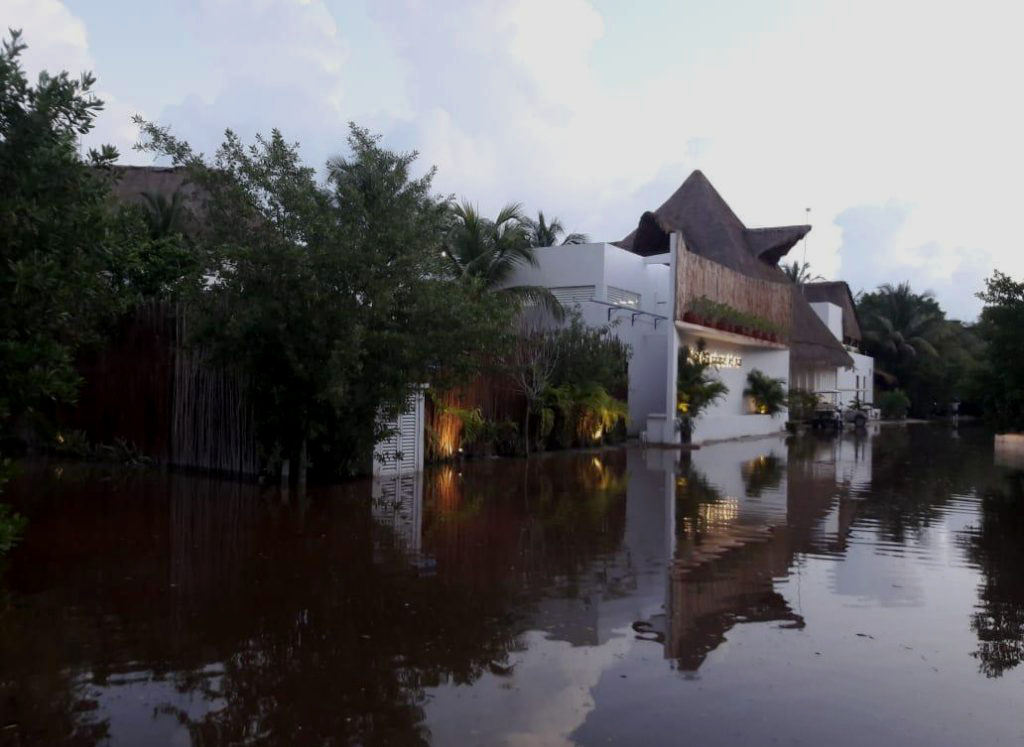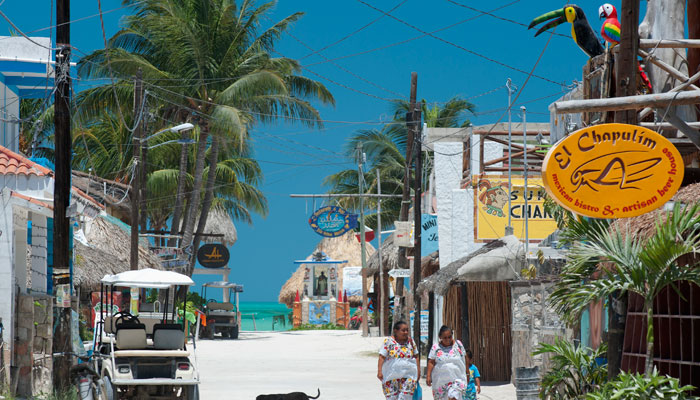
As overdevelopment at Isla Holbox continues, the fragile resort destination on the north coast of the Yucatán Peninsula is suffering from its own success.
After holding off massive Cancún-style development, Isla Holbox replaced its urban development plan with a Sustainable Tourism Management Plan in 2014. By 2016, however, the island was out of control. The number of beds tripled. Today, the tourist sector brings in 6,000 workers — outnumbering the full-time local population of 2,000 people.
These initiatives were ignited by the fight against developers who wanted to dredge its lagoon and bring higher-density resorts to the fragile 21-square-mile sandy enclave, where electricity hadn’t even arrived until 1980.
A 2.5-hour drive and a 30-minute ferry ride from Cancún, Holbox is part of a national park reserved for flamingos and mangroves but is legally still open to large development. About three dozen small hotels and guesthouses, rustic or luxurious, cater to tourists. On Holbox’s sand-covered streets, there are no cars. People shuttle around on golf carts, aiding a laid-back “anti-Cancún” vibe.
Its biggest draw is swimming with whale sharks, itself a controversial activity.

It’s not all peaceful, however. The island has been at the center of a complex legal dispute between developers and longtime residents who are asserting their rights as holders of revolutionary-era communal lands, known as ejidos.
But developers insist the sales were legal and clear and suggested in a statement that the ejidatarios are trying to shake them down for more money than the original price of about $388,000, according to the Los Angeles Times.
In June 2014, a group of local communal landholders blockaded the Holbox town hall to protest plans to dredge their shallow lagoon for a boat channel that would support a new complex consisting of three hotels and an estimated 872 residential units that would have been built on a spit of land now populated only by mangrove trees and flamingos.
Just a few shallow-draft tour boats travel the lagoon between the island and the mainland each day. More boat traffic with larger vessels could hurt the slow-moving manatees that inhabit the lagoon. Or do they? Developers maintain there are no manatees in the area, but activists say they frequently are seen there, the Associated Press reported at the time.
Nature reserve
Environmentalists also say Mexican law protects mangrove trees that would need to be cut down for the project.
In 1994, Holbox and its surrounding waters were designated a nature reserve. However, due to local protests and conflicting land claims, the reserve’s regulations were not finalized until 2018, leading to a legal vacuum.
This fueled a real estate boom, leading to continued overdevelopment, and driven by Holbox’s lucrative tourism industry, with many new developments disregarding environmental regulations. The lack of enforcement and involvement of powerful interests further complicates the situation.
The rapid, unregulated development has led to several problems, including waste management issues, disputes over land allocation, and a decline in wildlife populations. While conservation efforts are underway, they face challenges due to the strong focus on economic gains.
This complex situation highlights the tension between conservation and development, raising concerns about the long-term sustainability of Holbox’s environment and tourism industry.







